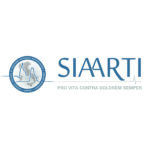
Don’t use disposable materials unless strictly necessary, and do not neglect proper separate waste collection.
Type of practice
Other health practicesOperating theatres generate at least 25 per cent of total hospital waste and about 25 per cent of this waste is related to anaesthetic practices. Proper waste management is therefore essential to reduce environmental impact and contain costs. Materials not contaminated with biological fluids (paper, plastic, glass, and aluminium) should be disposed of as municipal waste and sent for recycling, rather than being placed in contaminated waste containers. The ‘reduce-reuse-recycle’ strategy should be implemented and monitored in all surgical blocks. Reusable gowns, drapes and devices are just as ‘safe’ and more cost-effective than disposable alternatives. In anaesthesia practice, the use of single-use devices should be limited, giving preference to reusable products when clinically appropriate, or at least to single-use materials with a lower environmental impact, such as polyethylene or polypropylene. Pre-filled syringes can help reduce drug waste, but require proper disposal of residues to avoid water pollution. It is therefore essential that healthcare personnel and cleaning staff are properly trained to ensure proper waste management, in accordance with Presidential Decree 254/2003, which requires healthcare facilities to minimise the risk of waste and to promote recovery and recycling.
Sources
1. Ordine dei Medici Chirurghi e degli Odontoiatri della Provincia di Bergamo. Pillole green. Pillola n.8: Come rendere le sale operatorie più sostenibili - a cura di Antonio Bonaldi e Tommaso Pupi https://www.omceo.bg.it/media-dell-ordine/media-dell-ordine-bergamo/pillole-green/385-pillola-n-8.html (last accessed March 2025).
2. McGain F, Muret J, Lawson C et al. Environmental sustainability in anaesthesia and critical care. Br J Anaesth. 2020;125:680-92. doi: 10.1016/j.bja.2020.06.055.
3. McGain F, Story D, Lim T et al. Financial and environmental costs of reusable and single-use anaesthetic equipment. Br J Anaesth. 2017;118:862-869. doi: 10.1093/bja/aex098.
Download
PDFAttention. Please note that these items are provided only for information and are not intended as a substitute for consultation with a clinician. Patients with any specific questions about the items on this list or their individual situation should consult their clinician.


Recent Comments